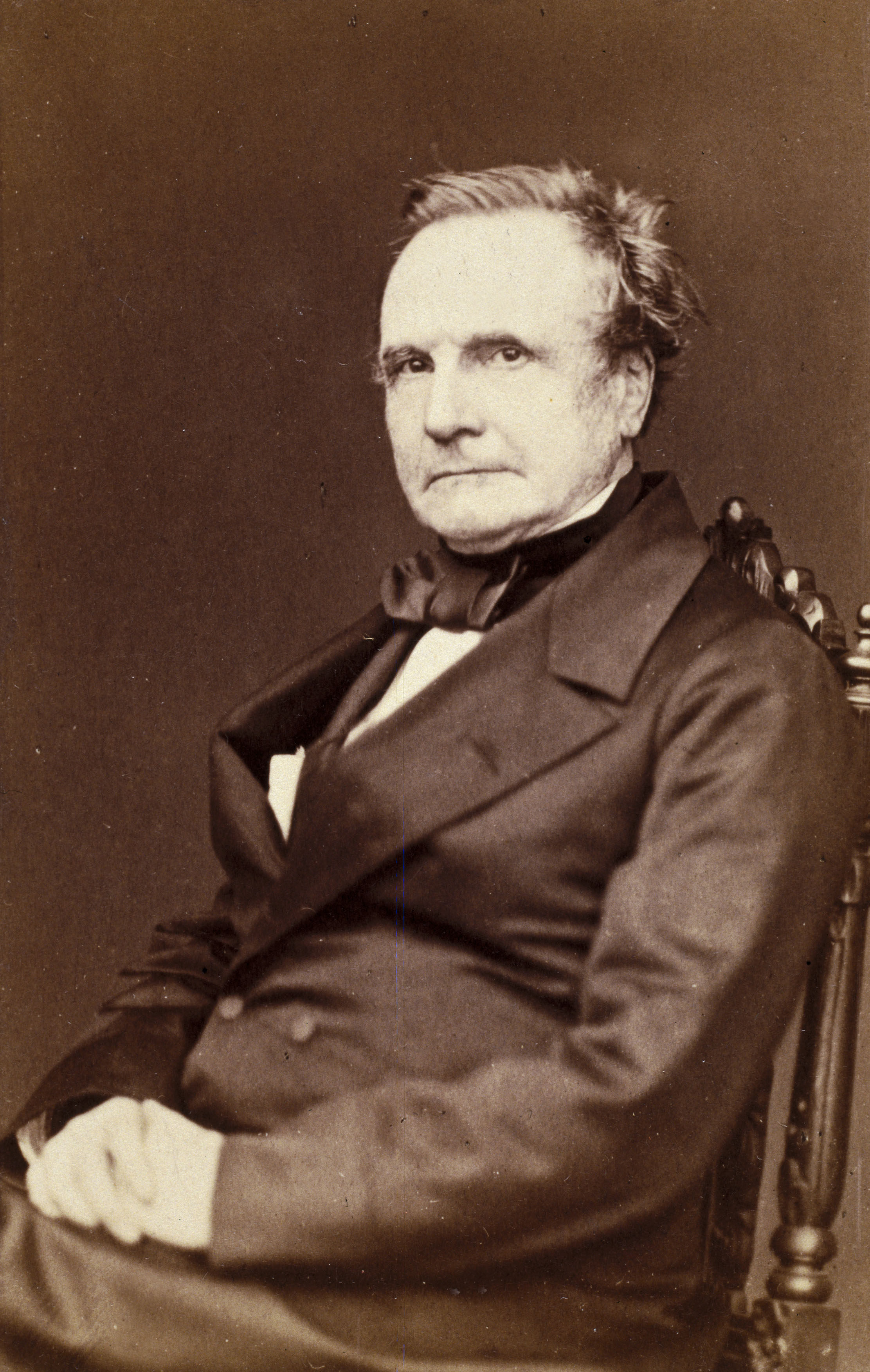Would you expect to find human body parts in the Maths and Computing gallery?
Bizarrely, you can find one half of Charles Babbage’s brain which was donated to the Hunterian Museum by his son Henry (the other half is still with the Hunterian). Many brains of ‘great men’ were kept in the 19th Century to try and discover the nature of the link between the brain and consciousness.
Babbage was a computer pioneer, inventor, reformer, mathematician, scientist, philosopher and political economist!
Babbage, who was seen as a brilliant thinker is regarded as the first computer pioneer. He used his genius-like brains well, excelling in many scientific subjects and after graduating from Cambridge University, he returned in 1828 as Lucasian Professor of Mathematics. What a boffin!
During the 1820’s, brain box Babbage devised the Difference Engine to automate the production of error-free mathematical tables. In 1823 he secured £1500 from the government and hired the engineer Joseph Clement. However, the project collapsed in 1833 when Clement downed tools. By then, the government had spent over £17,000 to build the machine – equivalent to the price of two warships!
It’s widely accepted that the reason for the collapse was because Victorian mechanical engineering was not developed enough to produce such accurate parts. However, some have suggested that it was more to do with issues of economics, politics and Babbage’s temperament and style of directing the enterprise. Not such a genius then….
The Science Museum has a special relationship with Babbage and in 1985 the Museum used its own brain power and launched a project to build Babbage’s Difference Engine No. 2. It was completed and working in November 1991, one month before the 200th anniversary of Babbage’s birth. This proves that had it been built during his life, it would’ve worked.
The figure wheels of Babbage's Difference Engine No 2. Not exactly a Casio calculator is it?
What computer gadget can you not live without?
Can you tell anything of a person’s abilities from bits of their brain?
How do you feel about museums displaying human remains?
Babbage also worked in the field of codebreaking.
With this in mind, why not create a trail for your students to visit our Alan Turing: Codebreaker exhibition, the Maths and Computing galleries to see Babbage’s brain and Making the Modern World to see the trial portion of his Difference Engine and the first Apple I Mac computer!
Babbage’s brain is in the Maths and Computing gallery on the 2nd floor of the Museum.
-Denise Cook

